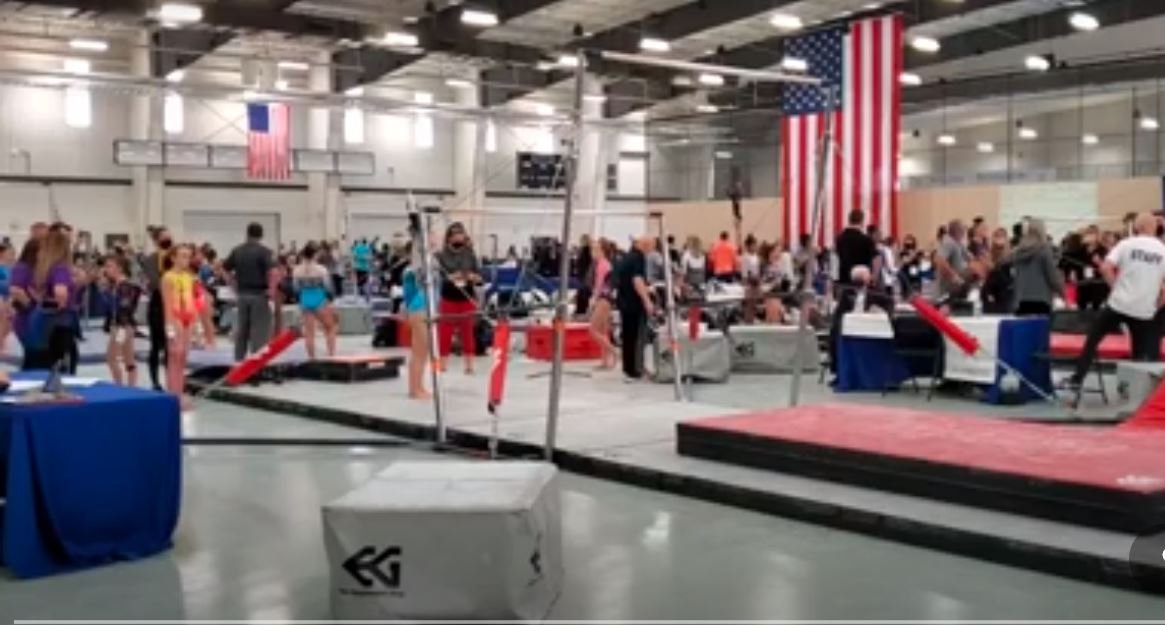Think Snapshot: How to Write Qualification or Comprehensive Exam Answers (essays)
Think Snapshot When Writing Exam Answers
Consider each exam essay that you write to be a snapshot of one aspect of your doctoral research or knowledge about your field.
A bad snapshot has too many details or too few details, making it impossible to figure out what the focal point is. A good snapshot has a focal point that is supported by the details in the photograph.
A good snapshot has a focal point that is supported by the details in the photograph.
Example: No Focus
Gymnastics Meet: This photo has too many details.
Let’s look at a snapshot of a gymnastics meet.
Do you know where to look? Is this photo about a specific gymnast? Is it about whether the meet had enough social distancing among athletes? Is it about the large United States flag?
This photo includes too many details. Adding more details to this photo will not clarify the focal point of the photo.
When we write exam answers for our comprehensive or qualification exams, our first inclination is to show how much we know by including as many details and references as possible, even if these details have nothing to do with the exam answer we are writing.
After all, we read a lot of books and journal articles to prepare for this exam, so we want to make sure our committee knows how much we have learned. But, instead, the goal is to focus the exam answer so that the details we include support the argument we are making.
Subtracting details might help.
This cropped photo may seem more focused, but its purpose is still elusive.
Cropping out details and using a bad filter allows the flag to become the focus, but if these photos were exams, neither would be very good.
The first photo includes too many details without any perspective. The second photo tries to overlay perspective, but the meaning is not clear.
Let’s look at a photo that has been edited. This photo frames one gymnast on one apparatus. We know where to look: the bars, the gymnast, her eyes.
Photo by Paula Kirkpatrick. All Rights Reserved. This photo is sharply focused on one gymnast.
Example: A Focused Snapshot
Let’s look at a photo that has been edited. This photo frames one gymnast on one apparatus.
We know where to look: the bars, the gymnast, her eyes.
We know the purpose of the photo is to tell this gymnast’s story.
We can use this controlling purpose to interpret the details we find in the photo.
Focus Your Exam Essays
As you approach each exam question, take a moment to focus your “snapshot.” Identify your controlling purpose and your through line.



